


Get to know Iceland
Iceland is one of the most volcanically active countries in the world, and that is because of its position on the globe.
See, the Earth is made up of tectonic plates and between them are ridges. The Mid-Atlantic ridge stretches from north to south along Atlantic Ocean and through the middle of Iceland. This means that Iceland is both on the North-American and Eurasian tectonic plates and it is being pulled apart.
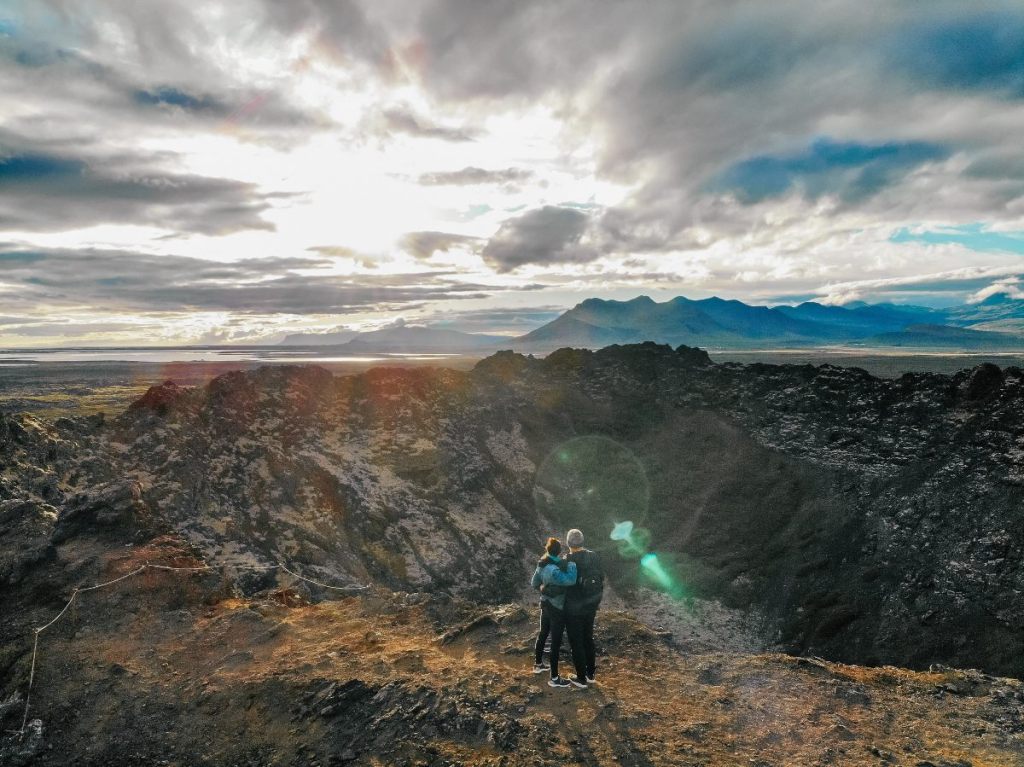
So, Iceland is being pulled apart by some 2 centimeters a year (that is almost an inch), and that means volcanic action.
Iceland has about 130 volcanoes, and about 30 of those are active. Additionally, about 33% of all magma that has flowed on land in the last millennium flowed in Iceland. That is pretty impressive!
So, if we have all those volcanos, are any of them famous like Mount Etna or Vesuvius?
Maybe not as famous as Vesuvius but we do have the winner of the How-difficult-is-it-to-pronounce-the-name-of-that-volcano-competition.
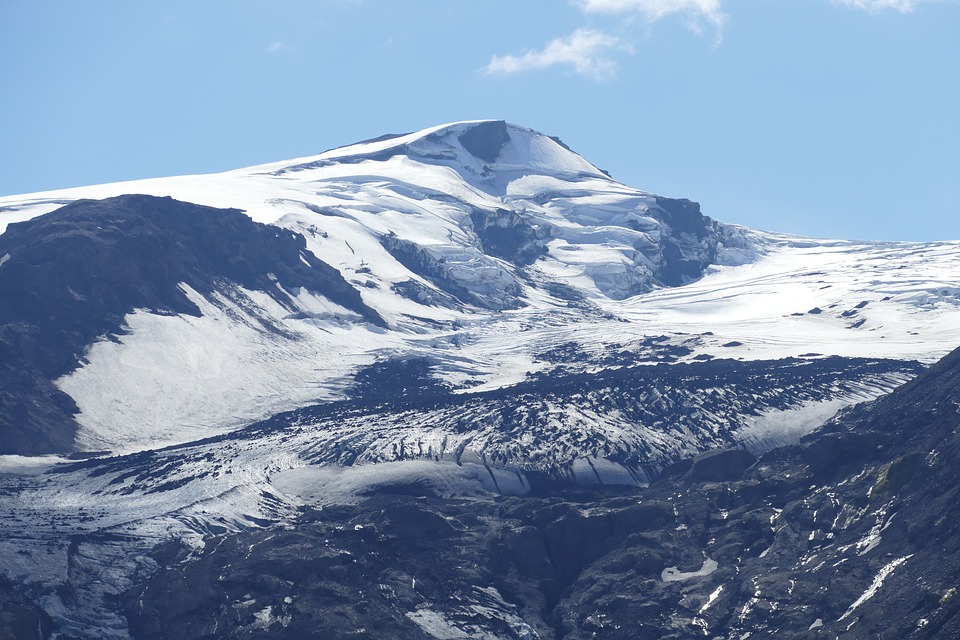
The name of this volcano means Island Mountains Glacier and is underneath the icecap of the glacier. That is why it was so explosive; it had to burst its way out from underneath the glacier and spew all its hate over the world. Just kidding. But it was massive, as you might remember. The ash cloud, for example, grounded flights in Europe for days. However, flights from Iceland to the US did not stop. The reason? The wind was blowing the ash cloud towards Europe and not North America. As a result, the inhabitants of the capital area did not feel the effect of the volcano at all.
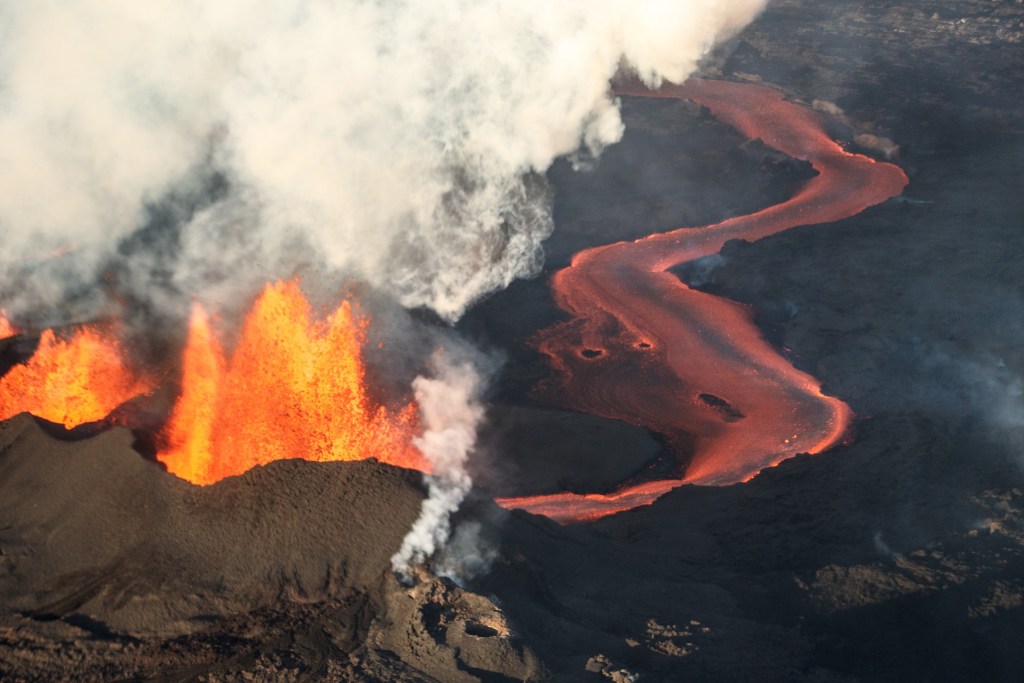
This one is not nearly as famous as Eyjafjallajökull, but we had to include it. While it did not win any prizes in the How-difficult-is-it-to-pronounce-the-name-of-that-volcano-competition, it was a contender. Like, Eyjafjallajökull, the Bárðarbunga caldera is also underneath an icecap, this time Vatnajökull glacier. Vatnajökull glacier is the largest glacier in Europe. In 2014 an eruption started northeast of the actual volcano but in a nearby volcanic system connected to Bárðarbunga.
The eruption lasted for six months and emitted large volumes of sulfur dioxide. This made the air quality in Iceland pretty damn bad but not deadly. It is the fifth-largest eruption, size-wise, in historical times in Iceland. Its lava field covers a bigger area than Manhattan.
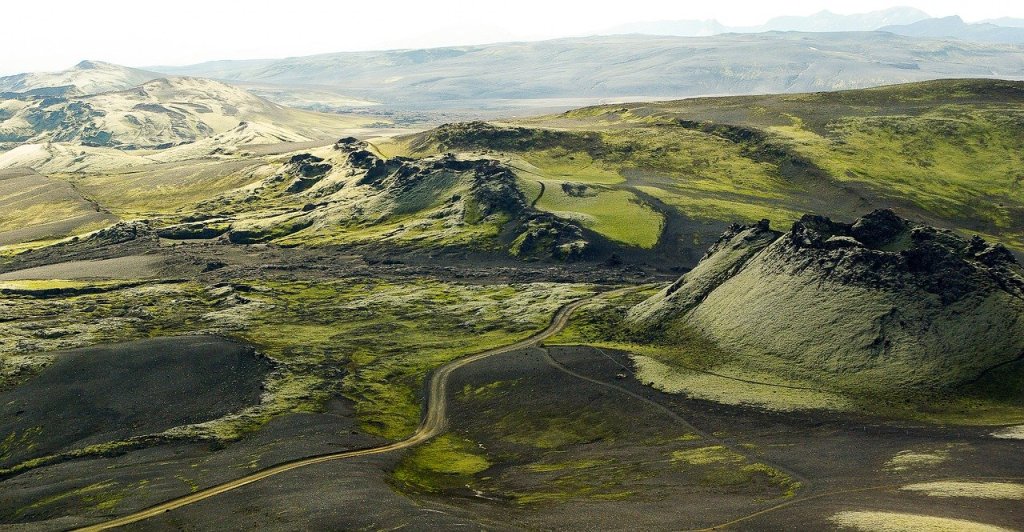
At the end of the 18th century, Lakagígar started erupting. The ensuing eruption lasted eight months and is the most devastating eruption in history. Lakagígar produced the biggest lava field of the last 1000 years. It measured 12-14 km3 in volume and covered an area of 580 km2.
Copious amounts of ash came with the eruption as well as extremely poisonous gases that poured into the upper atmosphere and covered the Northern Hemisphere. Understandably, the effects were worst in Iceland, but about 80% of sheep, 60% of horses, and 50% of cattle died as well as about 10.000 people, which was about 20% of the Icelandic nation at that time.
The massive ash cloud caused a drop in global temperatures, which then caused crop failures in Europe. It is also possible it caused droughts in North Africa and India and historians now believe the eruption contributed to the failed crops in France, which led to the French Revolution.
There is always a small danger of an eruption, but they are not always like Eyjafjallajökull. Since the beginning of the 20th century, there have been 43 eruptions, and Grímsvötn in Vatnajökull glacier, Hekla, Krafla, and Askja are the most active volcanos in Iceland. On average, there is an eruption in Iceland every 4 years!
These days, volcanologists are looking at Katla, Hekla, and Öræfajökull in Vatnajökull glacier as possible volcanos to erupt soon. Keep an eye on the Icelandic Met Office website for updates.
Edit July 7th 2021:
This spring a volcanic eruption began in Fagradalsfjall on the Reykjanes Peninsula. Having been dormant for 800 years the volcano began erupting on March 19th, 2021, and is still going although activity has been intermittent since the end of June. The volcano has been a popular tourist attraction since it began because it’s uncommonly accessible to the general public. It takes 30 minutes to drive to the area from the CampEasy offices and then a couple of hours on foot along a path to get to the eruption itself. People are advised to check the ambient air quality when traveling in the vicinity of the eruption.
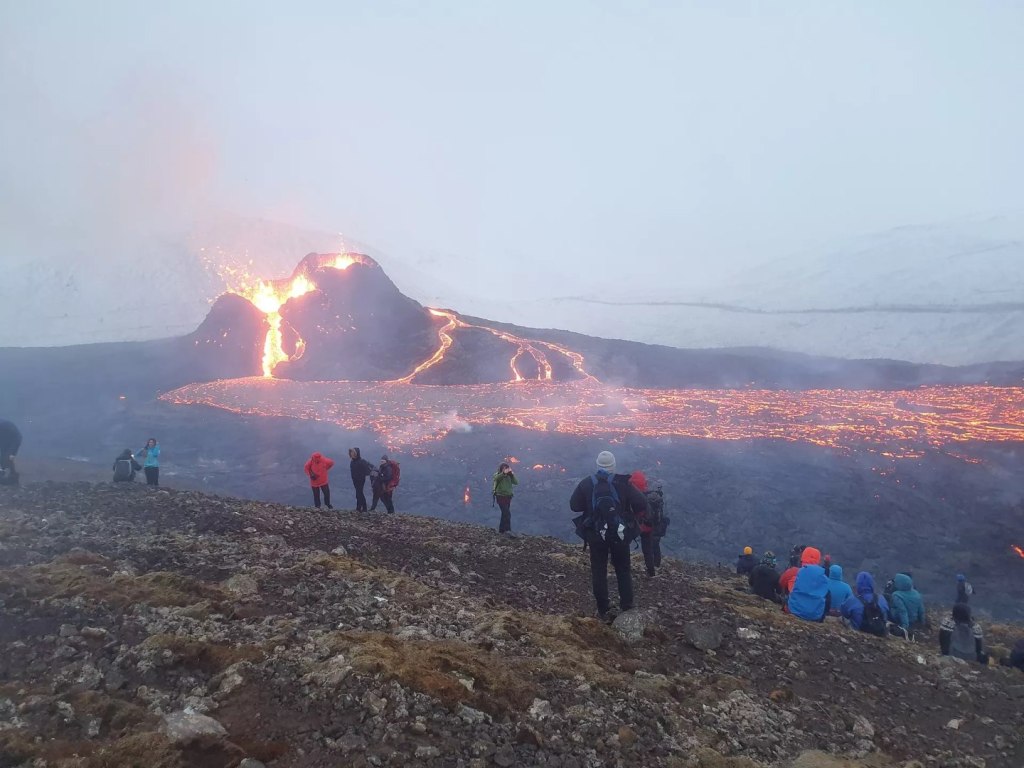
Fagradalsfjall – Source: Wikipedia

CampEasy Opening hours 09:00-16:00
Learn more about Self-Service
A minimum of 20 hours notice is required to use the booking engine. Click here to contact us directly for a booking less than 20 hours from now.
Change Date